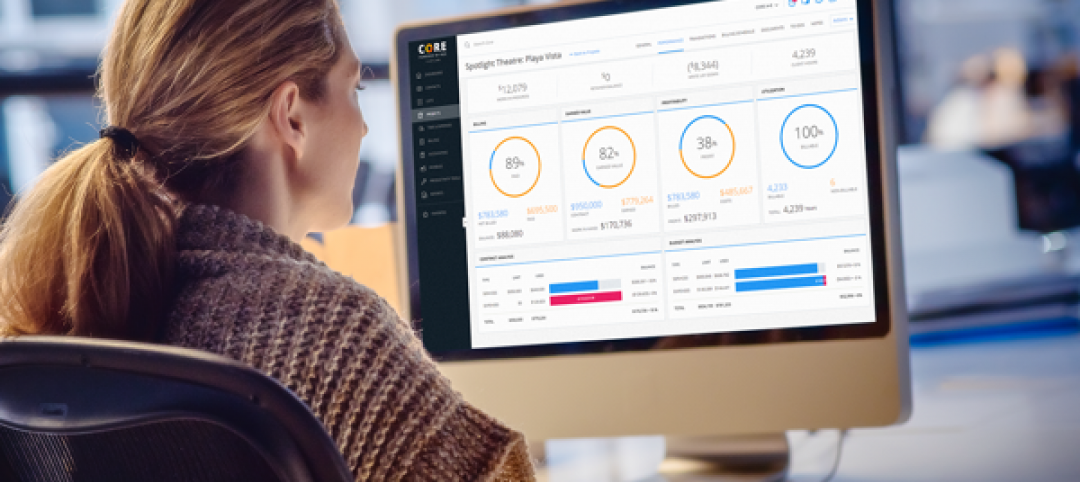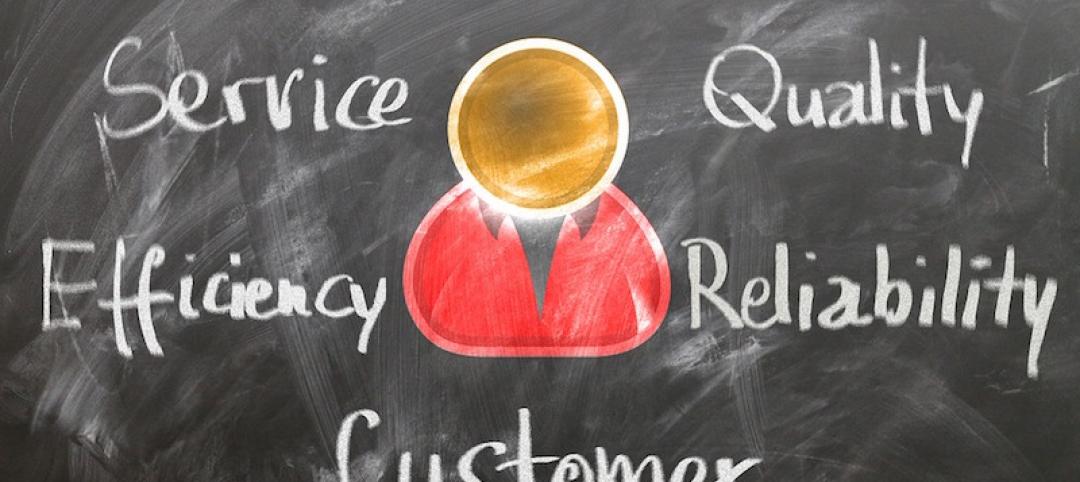Your employees' billable hours are the lifeblood of your business, but they can also be a source of frustration. A recent AEC industry study pegged employee utilization rates--defined as the percentage of billable hours out of total hours worked--at around 59 percent, a grim reminder that the average business is losing around 40 percent of its worker productivity to non-billable activities.
There are some approaches to boosting your employee utilization rate that will not only help increase productivity and revenue, but also provide your employees with a supportive workplace environment.
1. Manage stakeholder expectations. Managing your client's expectations is a given, although scope creep can (and usually does) happen. However, are you also managing the expectations of your internal stakeholders - your employees?
For example, your business development reps need a clear understanding of what your team can provide. Business development should regularly communicate with project managers to clarify expectations. Your billable employees should understand time as a valuable corporate resource and expect to use it carefully.
Finally, manage your own expectations. Employees are human. They will need time to think about solving problems, address business-related issues that are not billable, and discuss projects with co-workers.
2. Track time effectively. At a minimum, billable employees should be monitoring and recording their activities throughout the day in the same way, with a full time resolution, before leaving the office or signing off. Software can help this process by eliminating the need for workers to manually enter all their times and activities. It can also help prevent that dreaded "What did I do?" look that comes at the end of a busy workday after putting out fires on multiple projects.
3. Collect and analyze your data. The data you gather from your billing activities, time sheets, and projects will help establish clear benchmarks and goals for increasing the utilization of your teams and individual employees. Are billable employees performing nonbillable activities that other members of your office staff can handle, such as making copies? Is there a certain client who is monopolizing your team's time but providing little benefit to your business? Is there a specific type of project area where your whole team may need training?
Data analysis provides you with actionable metrics for approaching employee utilization at your company. It also helps you identify important financial aspects of your work, such as your earned value for the project, allowing you to better plan costs and resources for future work.
These benefits also affect your team: With a clearer strategy backed by data, the flow of work is easier, expectations are better defined, and there are fewer hiccups along the way. You will also have a stronger understanding of your talent needs, so when you hire you can be confident you’re making the right choice.
4. Set reasonable goals. Every project is different, but over time, you will have a stronger sense of the time commitment for various types of projects. Setting reasonable utilization goals provides a benchmark for individual workers and departments. It also supports better planning and distribution of corporate resources. An example of a reasonable goal might be 75 percent billable hours per month, depending on your company's current situation.
5. Incentivize. Making employees feel like they are a part of the entire company's success is essential to increasing productivity, improving morale, and building team cohesion. When goals are reached by individuals and teams, provide bonuses or extra privileges to highlight their success.
Boosting employee utilization rates is a process that will take some time but will result in happier employees and a stronger bottom line for your business. By managing expectations, tracking time, analyzing your employees' data, setting reasonable goals, and incentivizing your teams' billable hours, you can capture lost productivity, identify gaps and potential areas of growth, and realize greater profitability.
About BQE Core:
BQE Core sets the standard for billing, time and expenses, project management, and accounting software for professional services.
Made by award-winning BQE Software, it gives professionals the speed, flexibility, and visibility they need to accelerate productivity, boost profits, and spend more time doing what they love. Core boasts comprehensive dashboards, native mobile apps, in-depth reports, a bevy of customizable features, and a revolutionary pricing structure.
To learn more about BQE Core or schedule a walk-through demonstration today, visit www.bqe.com/core.
More from Author
Steven Burns | Jun 15, 2018
4 project management mistakes to avoid at all costs
Helpful tips for managing projects more effectively
Steven Burns | Apr 3, 2018
4 reasons to take a closer look at your project metrics
We've all heard that data is important, but what role does it really play in your business?
Steven Burns | Mar 28, 2018
6 strategies to keep your project on budget
Here are six strategies to keep your projects on or even under budget.
Steven Burns | Feb 1, 2018
If you want to improve profits, look to the numbers
Simple changes to your daily habits can help increase efficiency and profits.
Steven Burns | Jan 3, 2018
4 networking strategies to grow your business
Follow these networking strategies to grow your architectural business with the work that you want.
Steven Burns | Dec 28, 2017
Why every AEC firm needs project accounting
While standard financial accounting is essential for the health of your business, project accounting helps drive the success of individual projects.
Steven Burns | Dec 12, 2017
3 tips to address the top causes of budget overruns
The most cited issues are communication breakdowns, inadequate fees for the work provided, and unrealistic deadlines or schedules.
Steven Burns | Nov 30, 2017
4 invoicing tips that'll actually make your clients smile
There are techniques you can use with your invoices that both highlight your firm’s value and make the process more convenient for clients.
Steven Burns | Nov 16, 2017
Growing your AEC firm through an exceptional client experience
Many small AEC firms don’t feel they have the time to focus and create clear marketing messages.
















